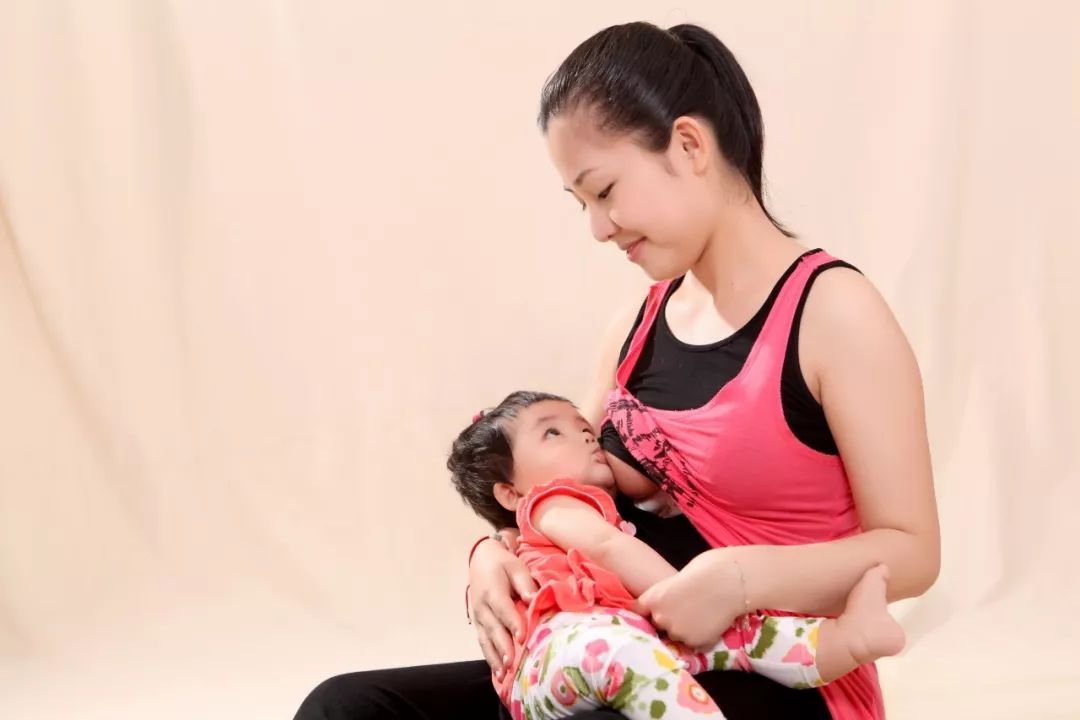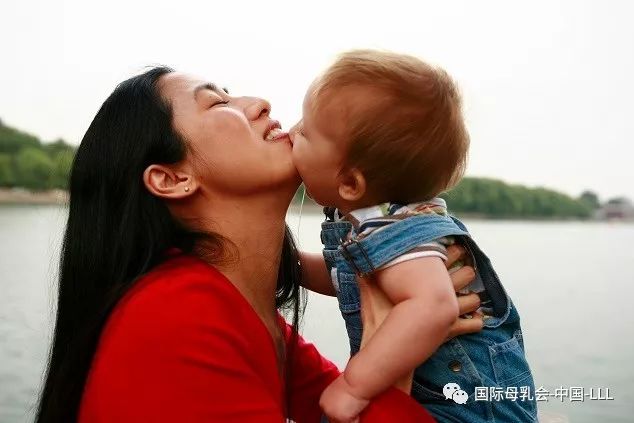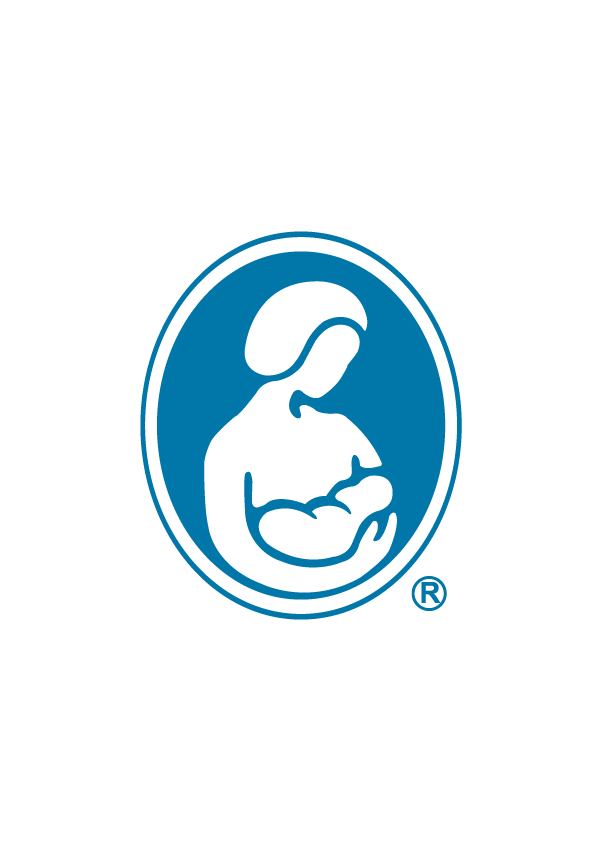点击上方 国际母乳会LLL 设为星标 ,获取哺乳信息

母乳喂养的建立并不会总是一帆风顺,产后最初的几周内,那些断奶的女性中有80%在做出断奶的决定前就已经停止了母乳喂养。然而,一旦母乳喂养进展顺利,往往就会成为母亲育儿过程中非常重要又令人愉悦的一部分。
母乳喂养、与婴儿同床睡眠、用背巾把宝宝紧紧抱在怀里,都是自然又正常的育儿方式,婴儿也本能地期待吃母乳、靠近母亲。这不是可选择的一种生活方式,也不仅仅是母亲给婴儿喂食物的方式,而是整个母婴关系的一部分。
母乳喂养会自始至终持续地给母亲和儿童提供身体健康和精神情感上的益处。有时人们认为母乳终有不再提供任何益处的时候,但这是不对的。
母乳既具有营养价值,又有情感上的益处,世界卫生组织和英国卫生部建议母乳喂养应持续两年或以上,并适当添加辅食。

母乳喂养自然持续的时长
公认的母乳喂养的好处
渐进式离乳的重要性
自然离乳
母乳喂养远超乎食品的定义

母乳喂养自然持续的时长
人类学家凯西·德特威勒的研究表明,现代人类母乳喂养正常且自然的持续时长至少为2.5岁,最长可达7岁左右。直到大约100年前,自然的长期母乳喂养还是一种文化常态。
德特威勒还说: “许多灵长类动物在幼崽萌出第一颗恒牙时才会给其断奶。这相当于是在现代人5岁半到6岁时断奶,这时儿童差不多已获得了成年人的免疫能力,说明在我们最近的进化过程中,母乳提供的主动免疫通常一直到这个年龄都是对儿童有效的。”

公认的母乳喂养的好处
联合国儿童基金会于
儿童的免疫系统需要花二到六年才能完全发育成熟。只要一直给孩子喂母乳,母乳就会持续补充和增强他的免疫系统。
对母乳喂养或断奶的幼儿疾病发病率的研究反映了这些机理。对认知成就(智商分数,学校成绩)和母乳喂养之间关系的广泛研究表明,母乳喂养时间最长的孩子获益最大。

渐进式离乳的重要性
孩子长大后自己就不再吃母乳是一个很自然的过程,让他们按照自己的节奏成长吧!在孩子们准备好独立之前,是没法强迫他们独立的。独立性、而非依赖性,是自我离乳的母乳喂养儿童一个共同的显著特点。

自然离乳
自然离乳允许孩子各有不同。一个逐渐离乳的孩子能够保持他对母亲的情感依恋,而不会被迫转向一个无生命之物,如一个玩偶或一条毯子。
快速断奶可能会造成乳房涨奶,让妈妈感到不舒服;因为母亲的身体只会对逐渐减少奶量的信号做出反应。
突然断奶可能会让孩子觉得妈妈不仅收回了乳房,还收回了她的爱。荷尔蒙的突然转换可能导致母亲变得抑郁沮丧,她也可能患上乳腺炎或乳房脓肿。
离了乳的孩子更容易被感染,因为他失去了具有抗感染和保护特性的母乳。
离乳的生理过程很复杂,涉及微生物、生化、营养、免疫和母婴的心理调节。在离乳过程中,母乳的成分会进行调整以满足儿童成长的需求,因此,尽管母乳的量在减少,但仍然含有适当水平的营养物质,并且其免疫保护性不会削弱。

母乳喂养远超乎食物的定义
诺玛·布姆加纳在她的Mothering Your Nursing Toddler一书中解释了母乳喂养对学步儿来说不仅仅是食物。
她说: “母乳喂养可以提供爱、舒适和保护的感觉。如果母亲能在孩子还无法独立行事的时候给他哺乳,这样的孩子长大后可能会更独立,因为他相信母亲总会在那里帮助他。允许学步儿按照自己的节奏吃奶(或离乳)是一种信任的展现,这有助于增强他的自尊” 。
母乳妈妈从亲近孩子中获益,孩子也喜欢这种舒适和安全感。强行阻止这种关系会造成不必要的、持续的精神上的痛苦,双方都失去了其带来的健康益处,还剥夺了婴儿享有母乳喂养的人权。


如果对您有帮助,请拉到文章底部。
每一分都是爱,您的支持和赞赏可以让更多的妈妈获益!

作者: 安娜·伯比奇
版权为国际母乳会英国分会2016所有,文章最初发表在本网站上标题为《母乳喂养二合体》

DECEMBER



Breastfeeding Beyond a Year

Establishing breastfeeding is not always easy and in the first few weeks eight out of ten women who stop do so before they had intended to. However once breastfeeding is going well it usually becomes a very important and enjoyable part of mothering.
Breastfeeding, co-sleeping with a baby and carrying them close in a sling can be natural and normal ways of mothering, and babies instinctively expect to breastfeed and to be near to their mother. This is not a lifestyle choice and it is not just about the way a mother gives her baby food; it is part of the whole mother/baby relationship.
Breastfeeding continues to offer benefits to mother and child, both to their health and mental and emotional well being, for as long as it continues. It is sometimes thought that there is a point where breastmilk no long offers any benefits but this is not accurate.
Breastmilk maintains nutritional value as well as emotional benefits and the World Health Organisation and the Department of Health recommend that breastfeeding continues, with the appropriate additional of complementary foods, for two years and beyond.
Natural duration of breastfeeding
Established benefits of breastfeeding
The importance of gradual weaning
Natural Weaning
Breastfeeding is much more than food
Natural duration of breastfeeding
Anthropologist Kathy Dettwyler’s research suggests that the normal and natural duration of breastfeeding for modern humans falls between 2.5 years at a minimum and about 7 years at a maximum. Until around the last 100 years natural term breastfeeding was a cultural norm.
Dettwyler also says “Many primates wean their offspring when they are erupting their first permanent molars. This occurs around five-and-a-half to six years in modern humans around the same time as achievement of adult immune competence suggesting that throughout our recent evolutionary past the active immunities provided by breastmilk were normally available to the child until about this age.”
Established benefits of breastfeeding
The UNICEF report, entitled Preventing Disease and Saving Resources, published 18 October 2012, sets out the ways in which the longer a baby is breastfed the greater the health benefits for both mother and child. It takes between two and six years for a child’s immune system to fully mature. Human milk continues to complement and boost the immune system for as long as it is offered.
Research on the incidence of illness in breastfed or weaned toddlers reflects these dynamics. Extensive research on the relationship between cognitive achievement (IQ scores, grades in school) and breastfeeding has shown the greatest gains for those children breastfed the longest.
The importance of gradual weaning
It’s a natural process for children to outgrow breastfeeding on their own, letting them grow at their own pace.
Natural Weaning
Natural weaning allows for differences in children. A child who weans gradually is able to maintain his emotional attachment to his mother, rather than being forced to switch to an inanimate object such as a cuddly toy or blanket. Rapid weaning may cause the breasts to become uncomfortably full; a mother’s body responds to signals to reduce milk production only gradually.
Abrupt weaning may leave the child feeling his mother has withdrawn her love as well as her breast. The sudden shift in hormones may cause the mother to become depressed and she may also risk developing mastitis or a breast abscess. A weaned child is more susceptible to infections because of the loss of the anti-infective and protective properties of human milk.
The physiological process of weaning is complex and involves microbiological, biochemical, nutritional, immunological, and psychological adjustments for both mother and child. During the weaning process the composition of human milk adjusts to meet the needs of the growing child so that, although the volume is decreasing, an appropriate level of nutrients remains present and immunological protection is not compromised.
Breastfeeding is much more than food
In her book Mothering Your Nursing Toddler, Norma Bumgarner explains how breastfeeding is so much more than food to toddler. She says, “Breastfeeding can provide feelings of love, comfort, and protection.
When a mother makes herself available to nurse her child through a situation that he can’t handle alone, he will likely develop independence based on faith that mother will be there to help. Allowing a toddler to nurse (or wean) at his own pace is an expression of trust that contributes to his self-esteem”.
Breastfeeding mothers benefit from being near to their children and children love the comfort and security. To have this relationship involuntarily stopped is something which will cause unnecessary and ongoing emotional distress and loss of health benefits to both, and is taking away the human right of a baby to be breastfed.
Written by Anna Burbidge

reference resources
参考资源
https://www.laleche.org.uk/breastfeeding-beyond-a-year/
1、Dettwyler, K. A Natural Age of Weaning. http://whale.to/a/dettwyler.html (accessed 8 February 2018)
2、https://www.unicef.org.uk/wp-content/uploads/sites/2/2012/11/Preventing_disease_saving_resources.pdf
3、Mohrbacher, N., Stock, J. The Breastfeeding Answer Book. Schaumburg, Illinois: LLLI, 2003AP 1997; Goldman, A. Immunologic components in human milk during the second year of lactation. Acta Paediatr Scand 1983; 72:461-62; Gulick, E. The effects of breastfeeding on toddler health. Ped Nursing 1986; 12:51-54.; Saarinen, U. Prolonged breastfeeding as prophylaxis for recurrent Otitis media. Acta Paediatr Scand 1982; 71:567-71.
4、van den Bogaard, C. et al. The relationship between breast feeding and early childhood morbidity in a general population. Family Med 1991; 23:510-15.
5、Ferguson, D.M. et al. Breastfeeding and subsequent social adjustment in six- to eight-year-old children. J Child Psychol Psychiatr Allied Discip 1987; 28:378-86.
6、Mothering Your Nursing Toddler Bumgarner NJ Schaumburg, IL, LLLI,
2000
7、https://www.laleche.org.uk/supporting-womens-right-to-breastfeed/

END
译者 | 传艳
审阅 | Lynn、张楠
编辑 | 李热爱


更多阅读资料,
欢迎大家访问“国际母乳会LLL”官网:
https://www.muruhui.org/
分享
收藏
点赞
在看

你的赞赏

可以让更多的妈妈和婴儿获益!
本篇文章来源于微信公众号: 国际母乳会LLL
